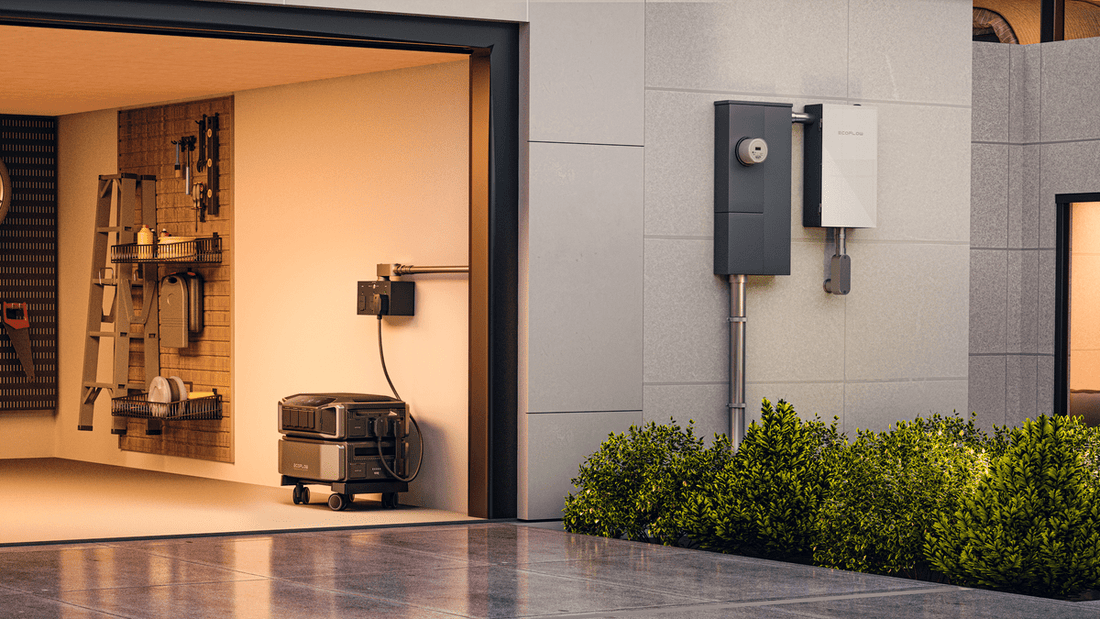
4 Power Station Mistakes Beginners Make (And How to Avoid Them)
Share
Hey, I see you. It took a bit of humility to click on that link because you may be a power station noob who doesn’t want to make a mistake. I salute you—that kind of humility will serve you well as you learn about power stations, solar generators, and the rest. You are on your way to mastery; keep reading, asking, and clicking.
But let’s dive into it. Here are common mistakes people make when it comes to power stations.
Not Properly Assessing Their Needs
I wrote a detailed guide about how to properly size your power station here—I recommend you read it if you haven’t.
Too many people get annoyed at a power outage, rush to Amazon, and buy a power station or solar generator that has a bunch of fancy numbers and, more importantly, is discounted the most. During the next power outage, they plug everything into it and—guess what—it dies in an hour. They fire off angry emails, chats, and rude gestures to the CS team of the company unlucky enough to sell to them.
All of that could have been avoided by taking a little time to think through their power needs. Create a priority list starting with the must-haves that need power and then proceed to the nice-to-haves. Next, calculate the minimal amount of time you want these to run. Adjust as necessary to fit your budget and then find a power station that fits your needs.
This little bit of work can save you so much headache and disappointment. Read my guide—it will help you get started.
Not Accounting for Surge Power
Let’s imagine you are out on a jog and plan to jog for 60 minutes at 8 mph. For power stations, that is like saying your power needs are 300W and you need to power that much for 1 hour.
Now, the neighbor's demonic Chihuahua has finally dug underneath its cage and, with spittle flying from snapping jaws and a fire burning with hatred in its eyes, it is honing in on your Achilles tendon with its needle-sharp teeth.
Without thinking, you pick up the pace instantly and begin performing what I best can describe as “high knees while sprinting,” trying to keep your precious tendons away from the dog as long as possible. These deft maneuvers are accompanied by a loud screeching sound that you realize, upon later reflection, came from you.
This extra effort is surge power—it’s a burst of energy that can’t be sustained for long. Appliances do this too. For example, your fridge or freezer might only require 100W to run, but when the compressor kicks on, it suddenly needs 800W or more for a moment.
This is why you have to put in the effort of step 1 and check BOTH the continuous wattage and the surge wattage requirements. Knowing your power needs plus giving enough room for surge is critical.
If your power station's inverter can't handle the surge load, it may shut down or refuse to start the appliance at all.
Improper Power Station Storage
Batteries, like our bodies, like homeostasis. Power stations are not into cold plunging nor wet saunas: they prefer a nice, cool temperature—no extremes, please. If your portable power station gets too hot, the cells degrade faster. Too cold and you can permanently damage your power station.
As much as possible, follow these best practices to extend the life of your power station:
- Store your batteries in a cool, dry place that doesn’t get too hot or cold.
- If going into long-term storage, don’t store them fully charged or fully empty. Both extremes are not ideal for longevity. Keep them about 40–60%.
- Don’t stack items on top of the battery.
- If storing long-term, top off the charge to about 50–60% every few months.
If you see a storm is coming or have an upcoming need for your power station, pull it out and fully recharge it well ahead of time.
Skipping Power Station Firmware Updates
Look, I get it—I don’t like how everything is connected to the internet either. However, depending on the model, your power station is almost a mini computer and will function best with regular updates. Firmware updates can fix slow charging, digital display issues, fans turning on or off when they shouldn’t, and much more.
Think of firmware updates like your annual visit to the doctor for your checkup. What’s that? You don’t go to your annual checkup? Ok. Well, pretend for a moment. Continual firmware updates help keep your power station running the best it can and often fix annoying bugs.
Further Power Station Learning
While there are many more mistakes we could cover, I believe we have addressed enough key points in this guide.
If you want to keep learning, check out the rest of our guides for more beginner-friendly blog posts. If you have any questions, please chat with us or scroll to the footer of the website and hit Contact.
